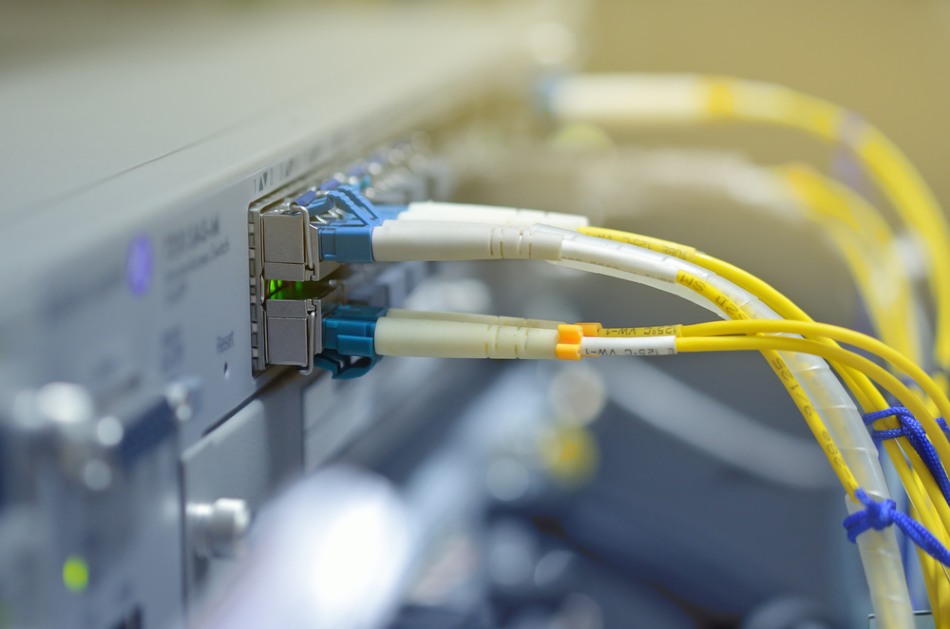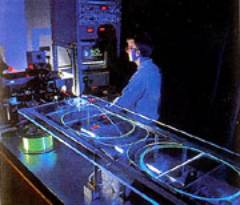Jul 31 2001

Image Credit: Air Kanlaya/Shutterstock.com
Article updated on 03/03/20 by Clare Kiernan
Over the past decade, single-mode optical fiber has become firmly established as the preferred medium for terrestrial communications. Without the vast data capacity of these types of fiber (practical limit currently estimated to be 100 Gbits/s), the current revolution in communications, covering home entertainment, banking, shopping and even online medical diagnosis, would be impossible. Fiber optic technology can change the way we do many things in our everyday life.
Single-Mode Fibers
Single-mode fibers were developed from an older multimode fiber technology, which had suffered from capacity limitations. However, short-haul multimode fiber systems have found a new lease of life in wide areas of industry and technology.
Multimode Fibers
As with single-mode fiber, the greatest impact of multimode fiber is in communications. The ease of connection of multimode fiber can give this technology a significant cost advantage over single-mode systems. Whereas single-mode fiber links span long distances, multimode links are used within or between buildings which house and connect computers within a single organization. All-optical control systems within vehicles, especially within aircraft has become popular. This is as a result of the weight advantage of fiber over copper, coupled with its freedom from electromagnetic interference.
Use of Short Fiber Lengths
The use of short lengths presents a major measurement challenge, as they do not match the conditions under which short lengths of fiber are used in real systems. This makes the prediction of bandwidth loss, splice loss, power and component specifications difficult. To achieve this, the National Physical Laboratory in association with the University of Leeds is developing new techniques for measuring the transmission parameter of short lengths of multimode fibers (figure 2). The partners also developed the theoretical background to provide an understanding of the effects of handling polarisation, cabling and a range of other external influences on the function of the fiber as a communications medium.

Figure 1. Fiber measurement facility at NPL.

Figure 2. The effect of launch conditions on the transmitted near-field of a 2 m multimode fiber.
Applications of Multimode Fibers
Multimode fiber has many uses outside the communications field. Fiber-based sensors are used in medicine to help diagnose disease, and in industry, they are used to monitor flow in fluids to determine temperature distribution. Fiber bundles are used as laser delivery systems, as a light source for illumination, and as endoscopes – which have a long history in medicine and are also used for remote viewing in hostile environments, such as nuclear reactors or pipe systems.
Summary
The fiber optics industry is a multibillion-dollar business that is growing at 20.6% each year, approaching the headlines currently dominated by new technology.
Primary author: Dr Jerry Benson
Source: Materials World, Vol. 5 no. 9 pg. 412 September 1997.